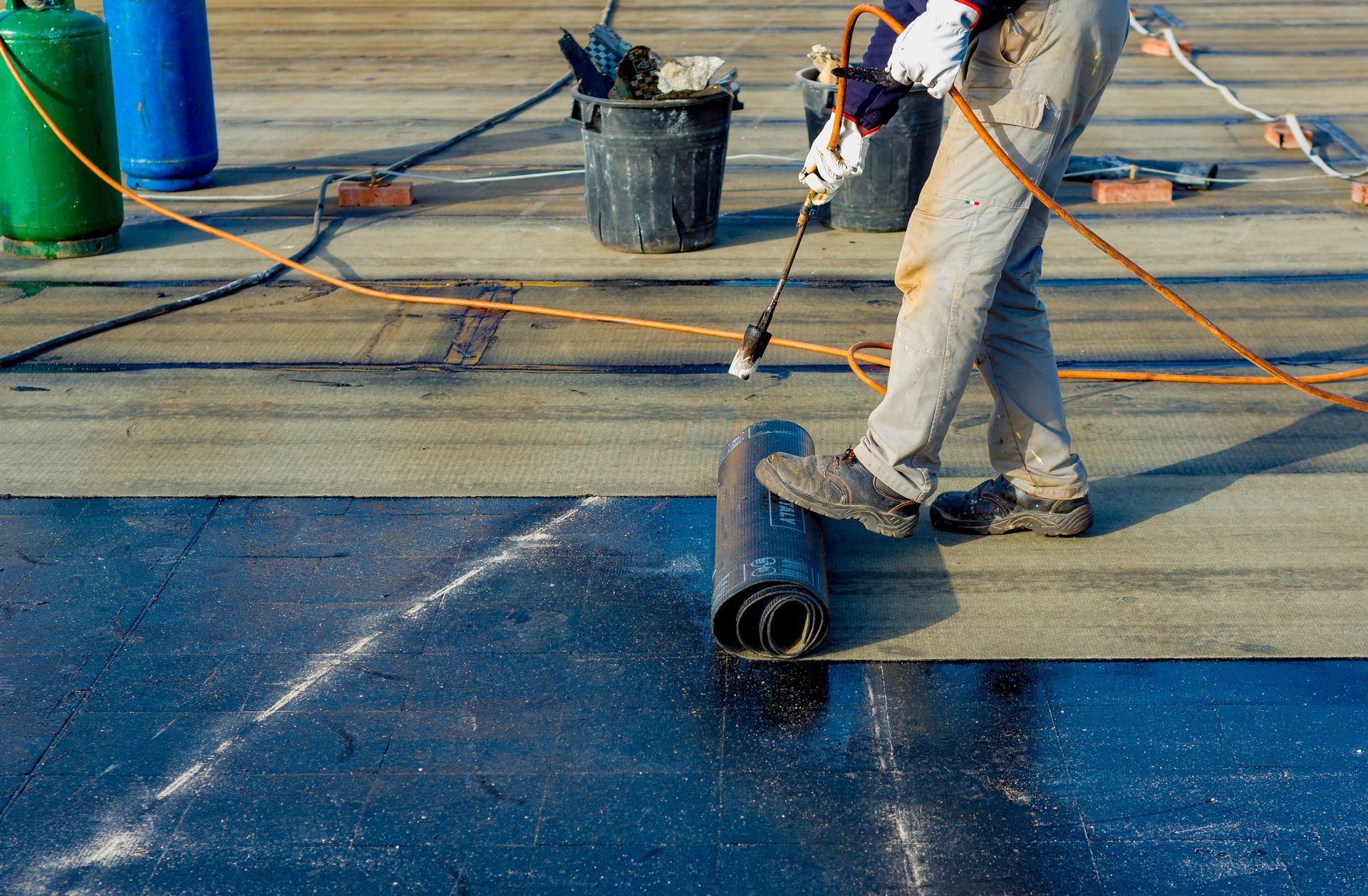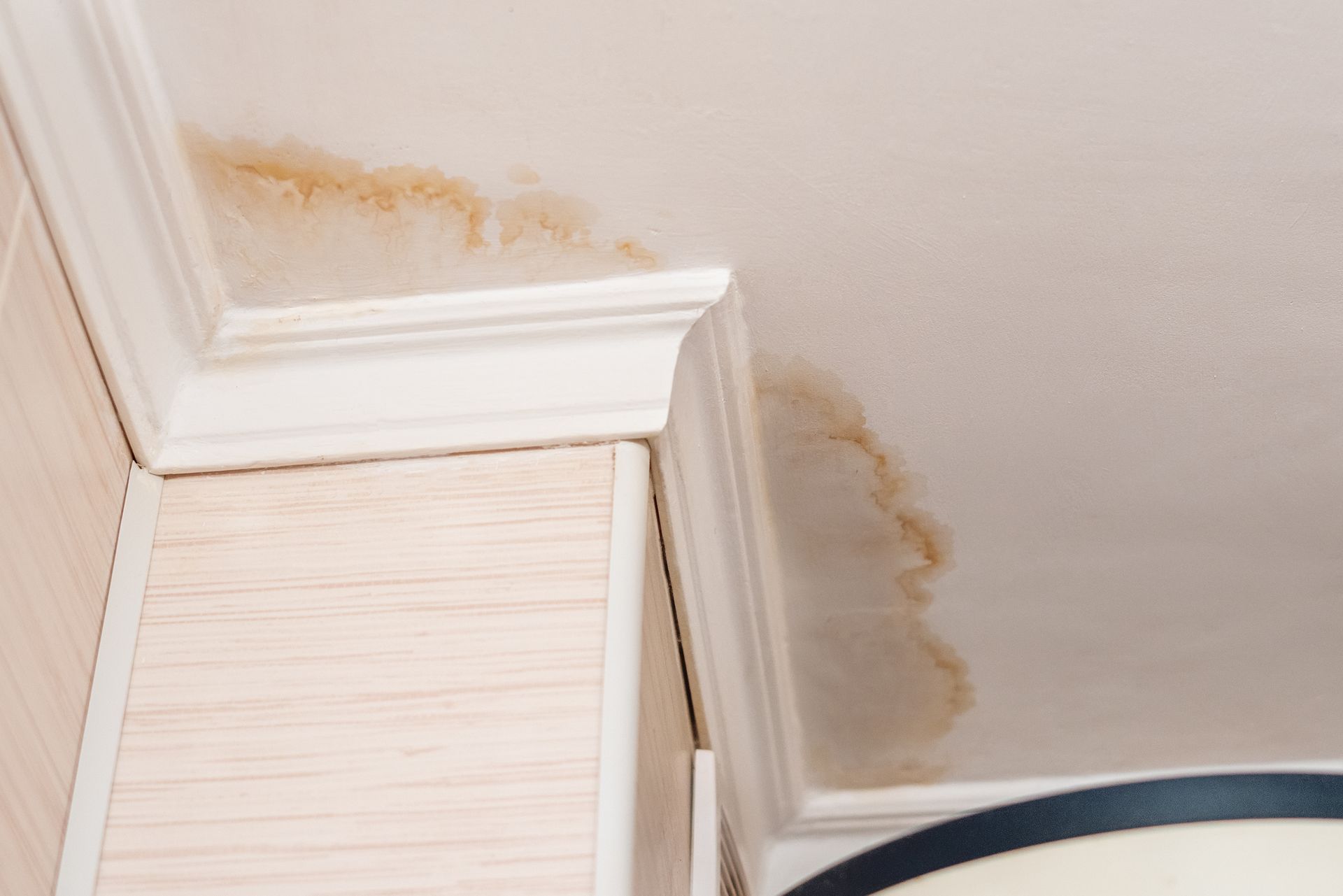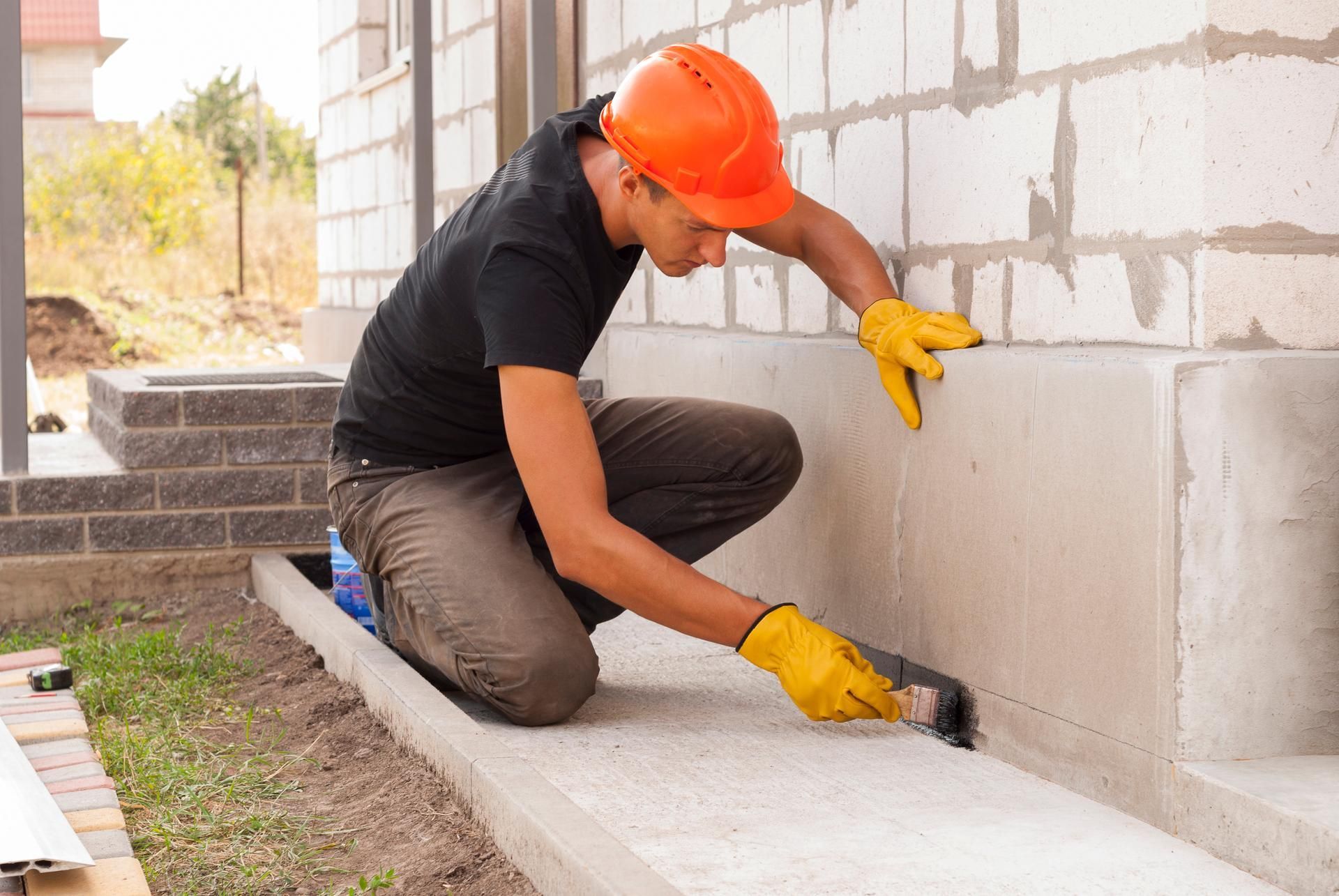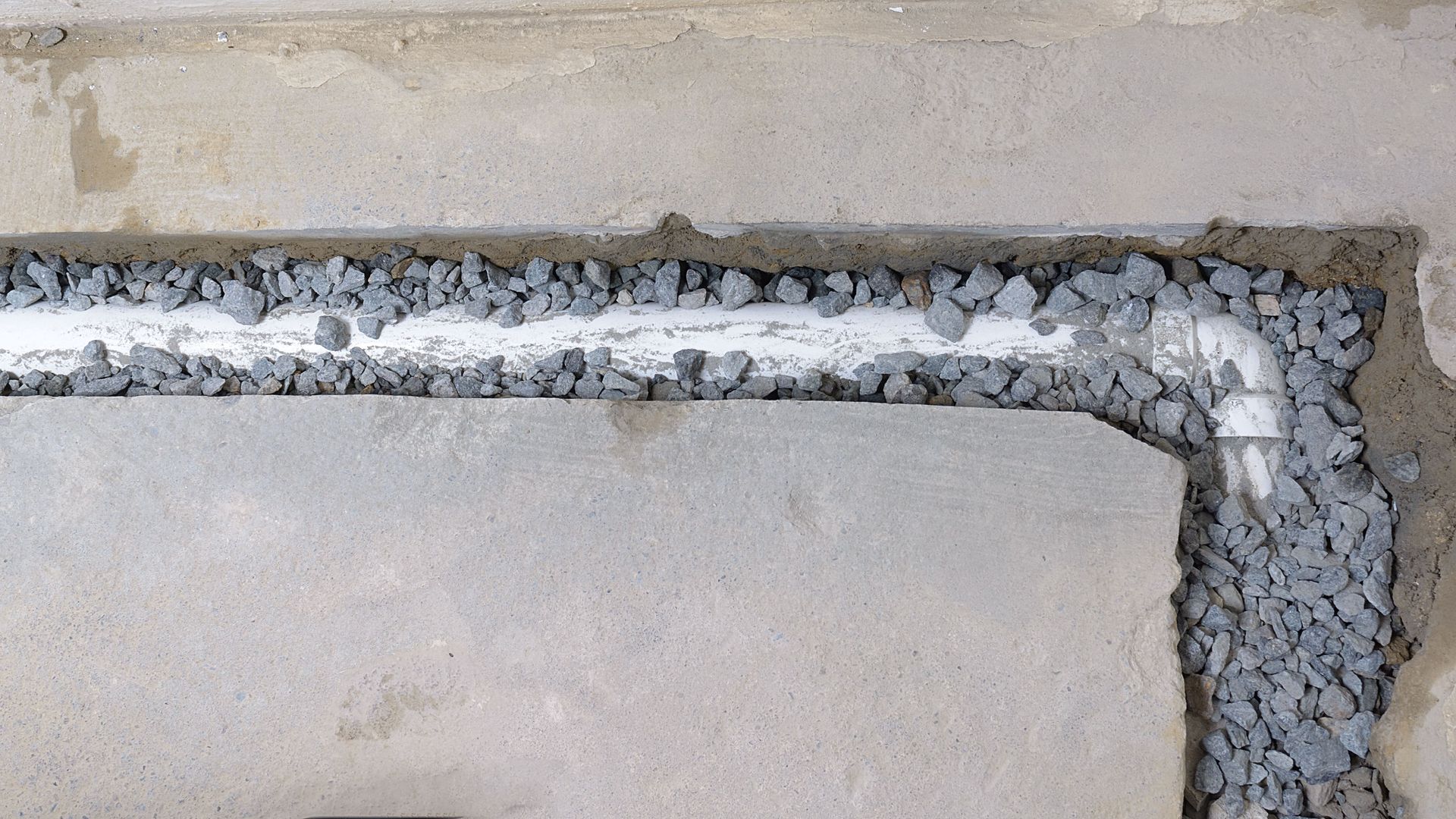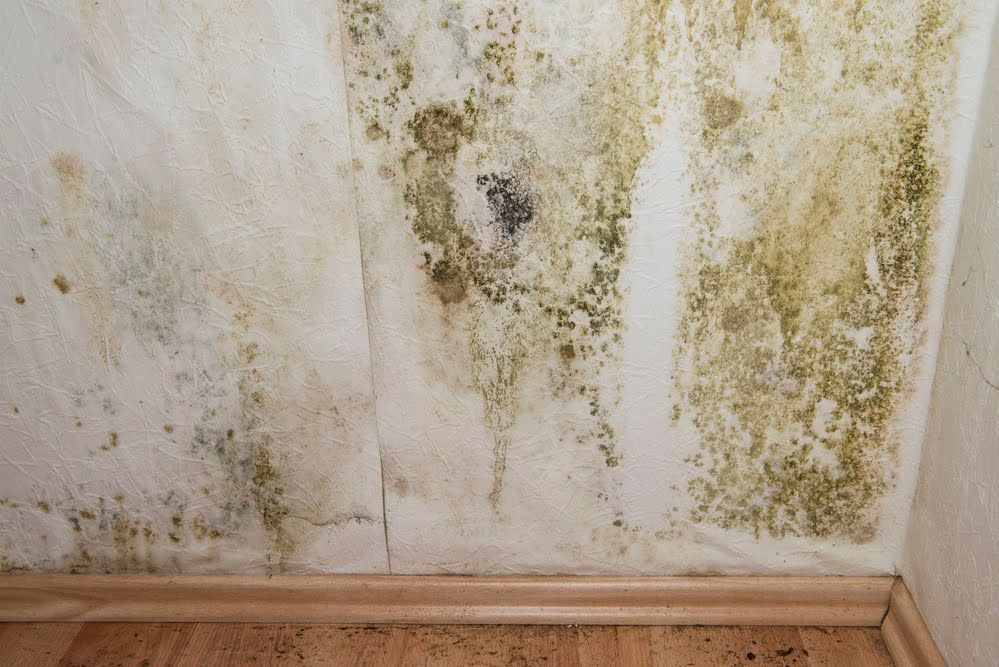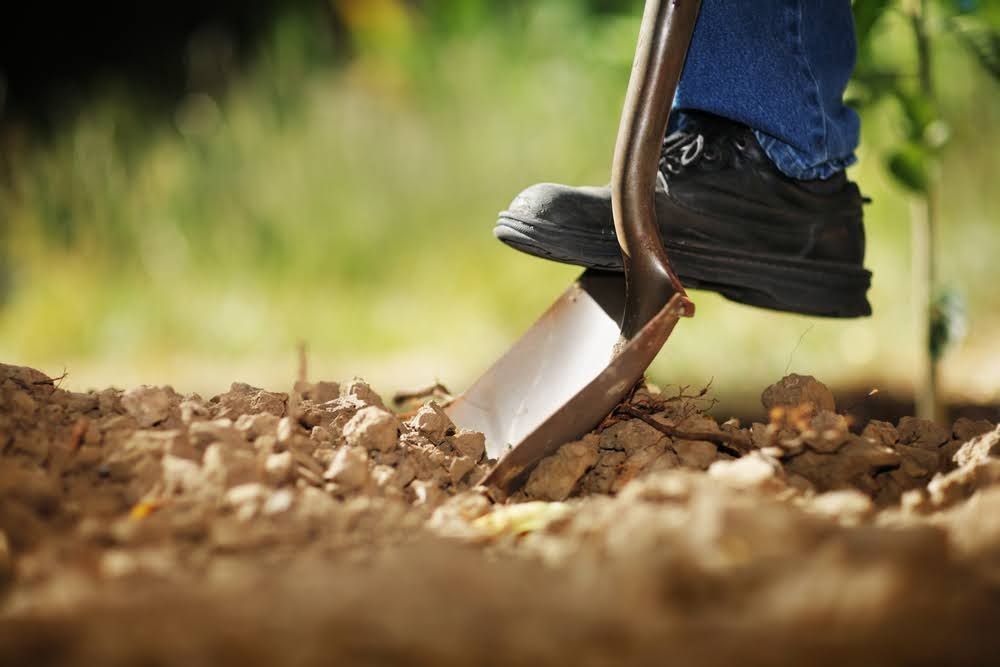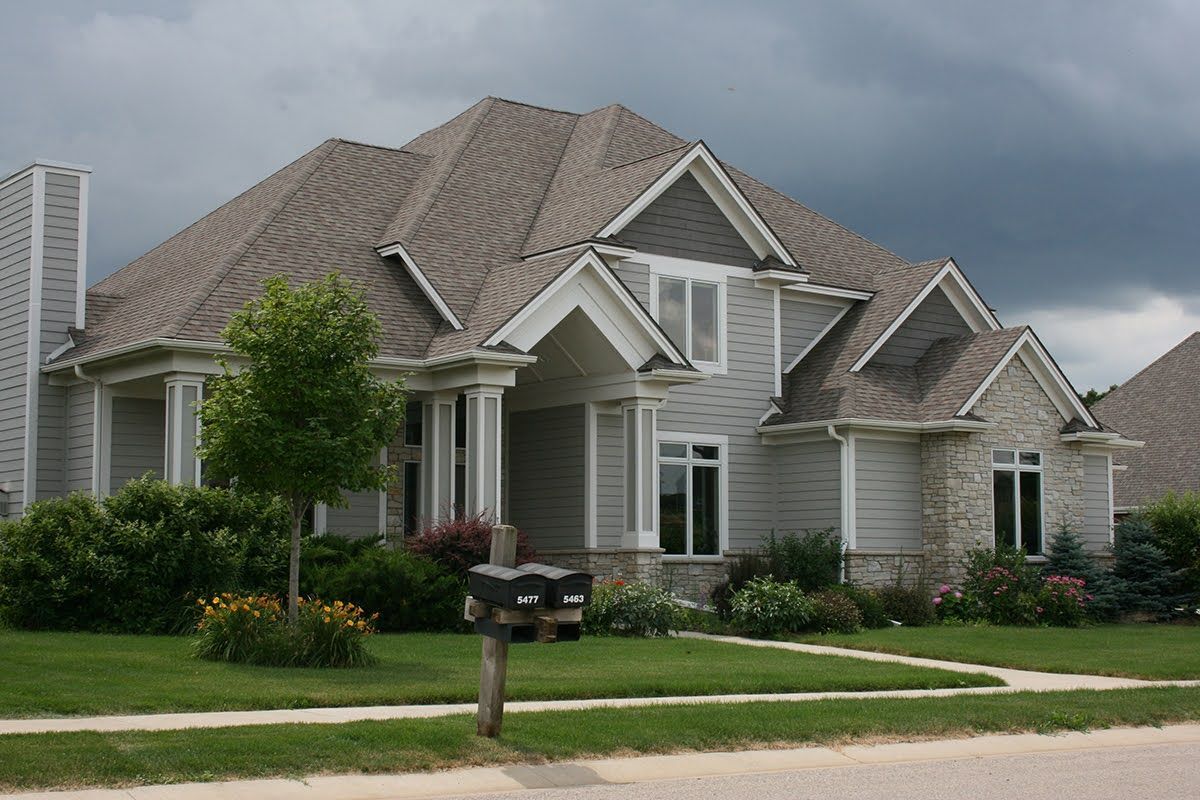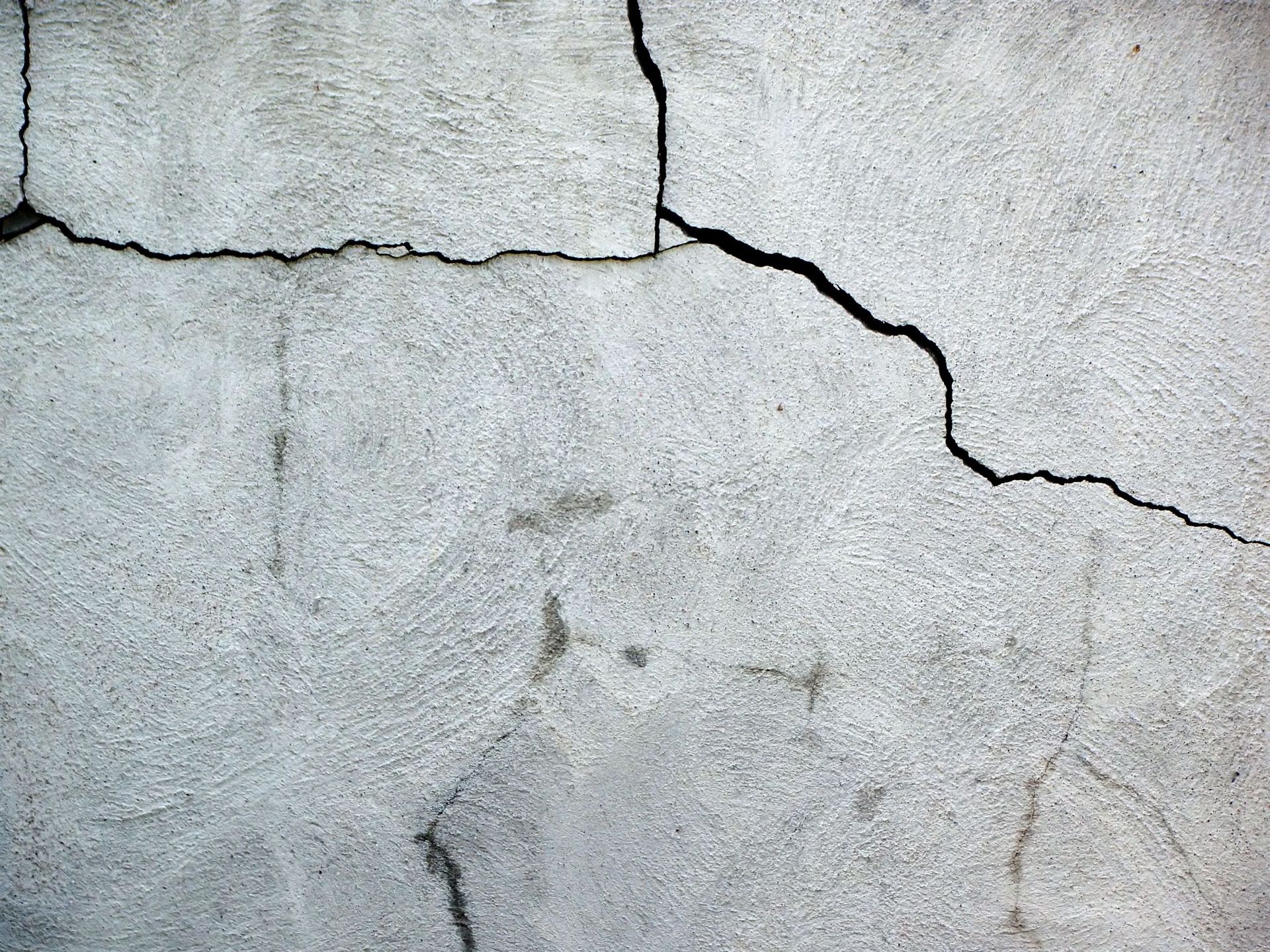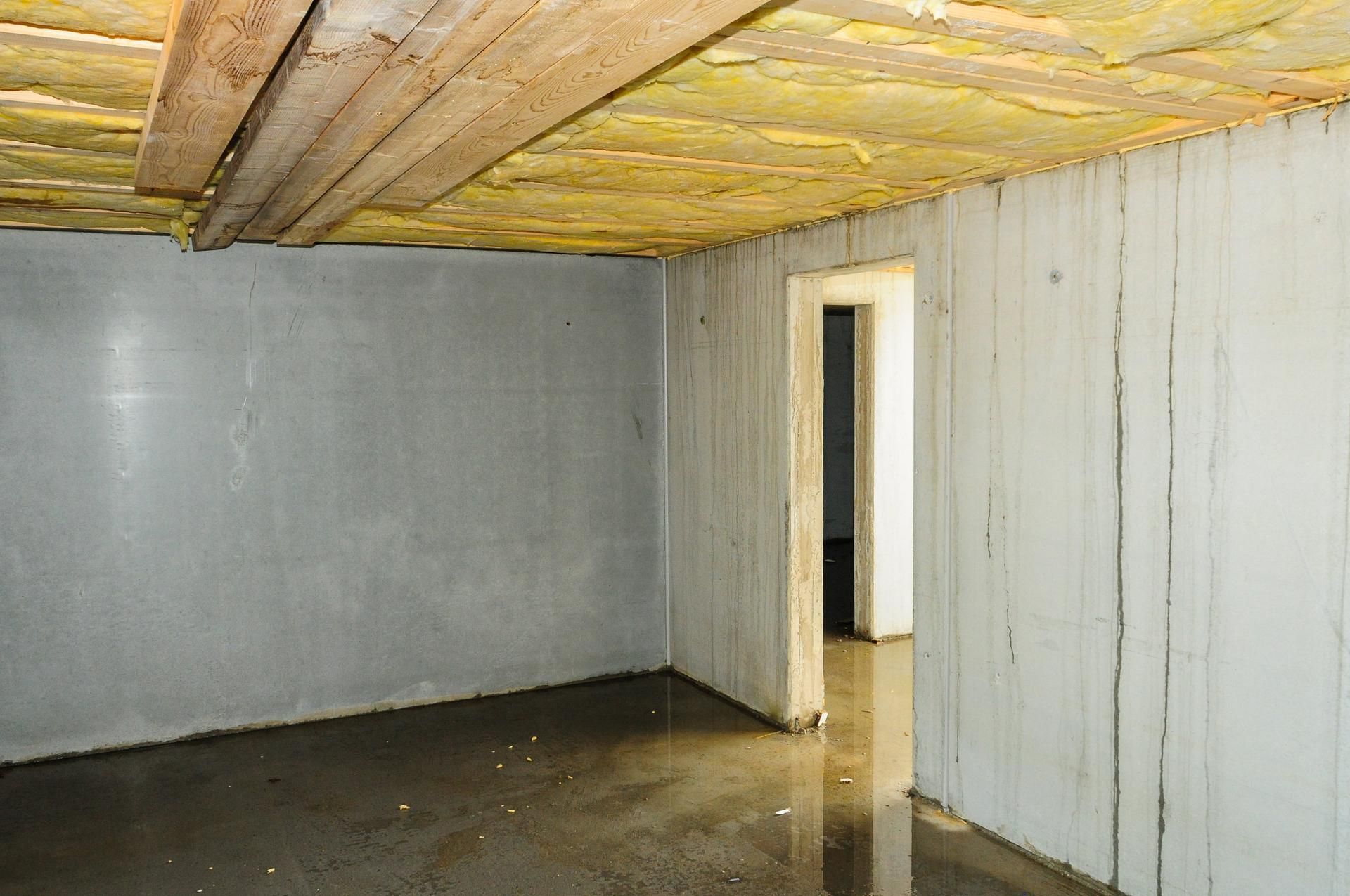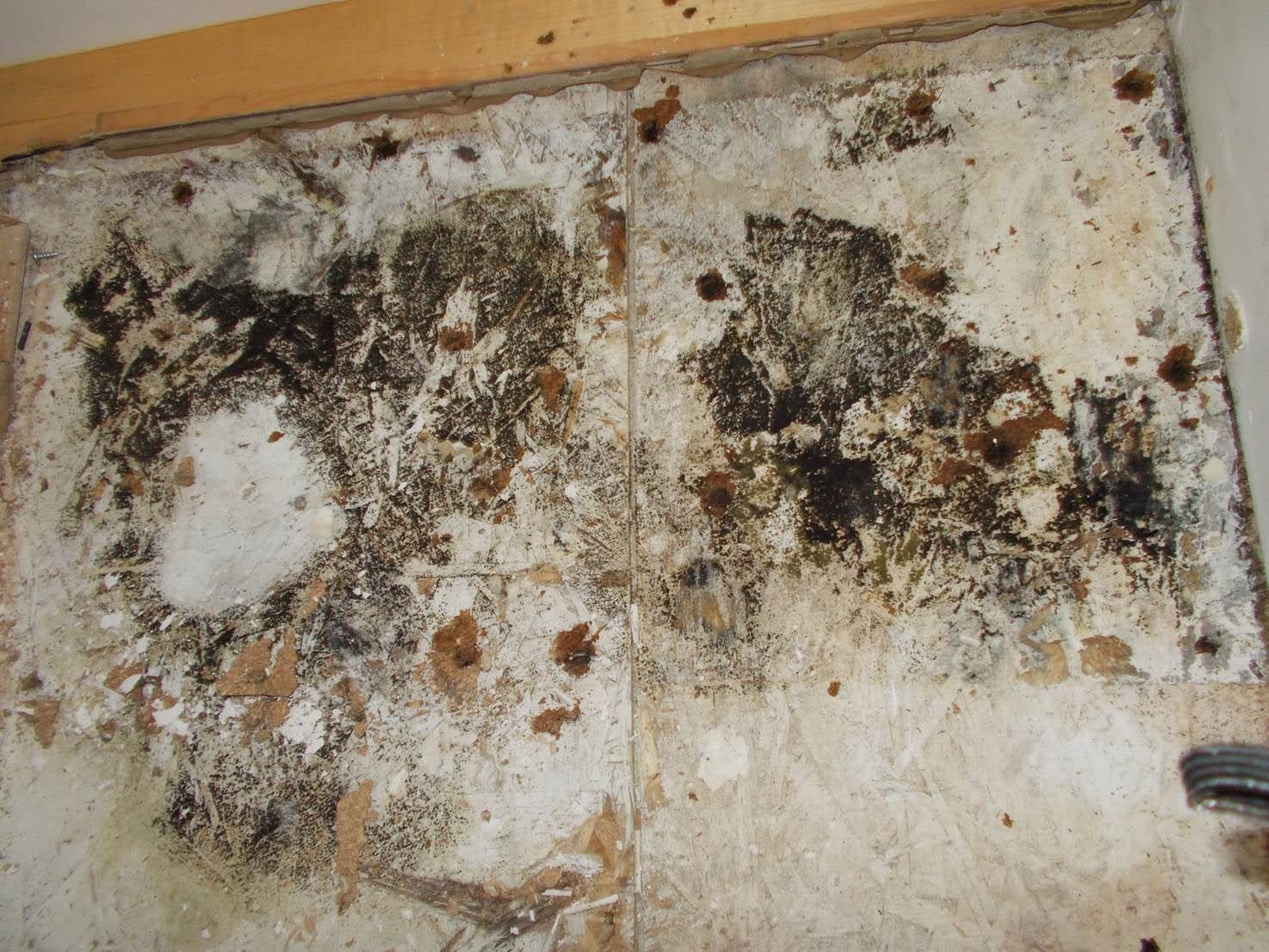Top 3 Basement Waterproofing Methods
Basements are one of the most crucial but neglected parts of a home. Most people tend to forget that this area is prone to water leaks and moisture accumulation. As a result, your basement can flood easily and become a hotspot for mold growth. A lot of moisture in your basement also puts the structural integrity of your house at risk.
To avoid these problems, you need to keep your basement dry at all times through professional waterproofing. However, researching the most appropriate method to waterproof your basement can be an overwhelming process. Here's a brief explanation of the top three basement waterproofing alternatives.
Interior Waterproofing
Interior basement waterproofing is the best waterproofing method since it's less disruptive and cost-effective. This method involves digging a trench referred to as a French drain around the inner perimeter of your basement floor. Afterward, you need to install a drain or a sump pump to drain the water out of your house.
Nevertheless, digging a trench and draining water out of your basement is not a permanent solution as water will still enter your basement. Use sealants if you need to keep your basement completely dry. Here, you need to seal all the water entry points like cracks and gaps in your basement window, door, and floors.
Sealants are highly effective, and they come with extended warranties that ensure their performance. Furthermore, sealants can help you lower the humidity level in your basement since they prevent condensation. These coatings can also be applied to the basement flooring and walls to create a waterproof barrier.
Exterior Waterproofing
Although sealants and interior drainage systems are vital when waterproofing your basement, they do not address the underlying issue that causes moisture. Most of the time, these issues are on the outside of your home, and you may need exterior waterproofing.
This method generally involves digging a tunnel around the foundation of your home. After digging the hole, you need to apply polymers and membranes to coat these walls. Polymer coatings are highly effective since they can last you a lifetime.
Another important method of exterior basement waterproofing is using the gutter system. When you install rain gutters correctly, they will help you deflect rainwater away from the foundation of your house.
However, if you don't install or maintain your gutter system correctly, it can have a reverse impact. These gutters will deposit water along the base of your property or drain too close to your foundation.
For your gutters to remain effective, keep them clear and free of debris. Also, ensure your downspouts are properly installed, and that water is directed far from your home. Generally, exterior waterproofing is suitable for homes under construction rather than existing homes. However, if you want to apply this method to an existing home, you need professional assistance to avoid making costly mistakes.
Drainage Systems
Drainage issues are often the root cause of dampness in your basement. Therefore, if you want to keep your basement dry at all times, you need to have a good drainage system surrounding your property.
There are different types of drainage systems, including surface, subsurface, and slope. However, not all are suitable for every home. Before you construct a drainage system in your home, you need to consider factors such as slope shape, gradient, and length. The type of soil in your region also matters since different soils drain water differently.
Depending on the condition of your region, you may need to install a sump pump to help you drain water away from your home. This system needs to be designed in a way that it can work even when there is no power.
Your basement is an essential part of your home, and it needs to be dry at all times. If you are experiencing flooding or leaking problems in your basement, contact Central Penn Waterproofing for basement waterproofing services.


